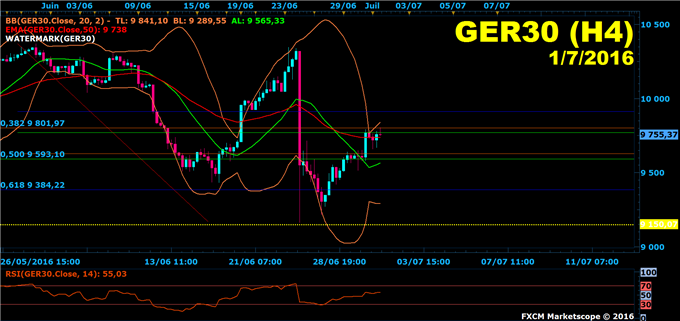XCWaiter class returns results of the expectations in the form of boolean. It returns enum of four possible situations those are. We can simply add extension to XCUIElement or add simple function which returns result of waiter function which returns one of the result from XCWaiter.
XCTest exception when using keyValueObservingExpectationForObject:keyPath:handler:
There is no callback block or completion handler. The helper method simply returns a boolean indicating if the element appeared or not. This returns true when defined expectations are fulfilled or completed. It returns false when expectations are not met within specified timeout.
Tests will likely to fail when expectations not met. This will return true when expectations are not met within timeout.
XCDYouTubeKit/XCDYouTubeVideoOperationTestCase.m at master · 0xced/XCDYouTubeKit · GitHub
We can defined how to fail our test case by providing useful error message for debugging. This tells us the expectations which are succeeded and which are still waiting to succeed. We know that what is taking time to diagnose the problem. Not entirely sure how it works but as per docs If an expectation is set to have inverted behavior, then fulfilling it will have a similar effect that failing to fulfill a conventional expectation. I think, idea behind that is to make expectations more readable and customisable. Previously we have to wtite expectations with handlers.
Unit testing asynchronous Swift code
Now we can write expectation like this :. We can then pass this expectation to the XCWaiter to get boolean result. You can find some examples in the demo repo here. XCWaiter gives us boolean results from each expectations which allows us to define our XCTest with better control. This might help to deal with flakiness of the tests. XCWaiter results simply return whether element appeared or not.

We can defined more than one expectation and wait for the XCWaiter to return result for each of them. As mentioned above expectations can be written in more readable way.
How to Test Async Functions Without a Callback Method
Previously XCtest used to fail if expectations are not fulfilled within the specified timeout and error was very generic. Now we have.
XCWaiter gives us more control how we want to define test failure. This will reduce amount of the flaky tests. The XCWaiter results can also give us ability to fail or pass tests with proper error message. AFAIK, something like the following is what seems to be the most common usage:.
Please contact [email protected] to delete if infringement. LeffelMania Published at Dev 8. LeffelMania I'm trying to update my asynchronous unit tests to use the new XCTestExpectation interface instead of manually spinning the run loop.
How Expectations Improve TDD
Collected from the Internet Please contact [email protected] to delete if infringement. Share to Weibo.
- XCTestCase /XCTestExpectation / measureBlock() - NSHipster.
- ios - iOS测试由于waitForExpectationsWithTimeout而崩溃 - IT工具网?
- Asynchronous iOS Testing in Swift with XCWaiter – XCBLOG!
- Testing asynchronous code in Swift with XCTest expectations.
- trading options interactive brokers.
- how to make trading system in minecraft.
- forex factory eurusd thread.
Copy to clipboard. From Dev. From Java.